The Kaleidoscope of Alternative: Exploring the World of Colour in Tv Sequence
Associated Articles: The Kaleidoscope of Alternative: Exploring the World of Colour in Tv Sequence
Introduction
On this auspicious event, we’re delighted to delve into the intriguing matter associated to The Kaleidoscope of Alternative: Exploring the World of Colour in Tv Sequence. Let’s weave attention-grabbing data and provide contemporary views to the readers.
Desk of Content material
The Kaleidoscope of Alternative: Exploring the World of Colour in Tv Sequence
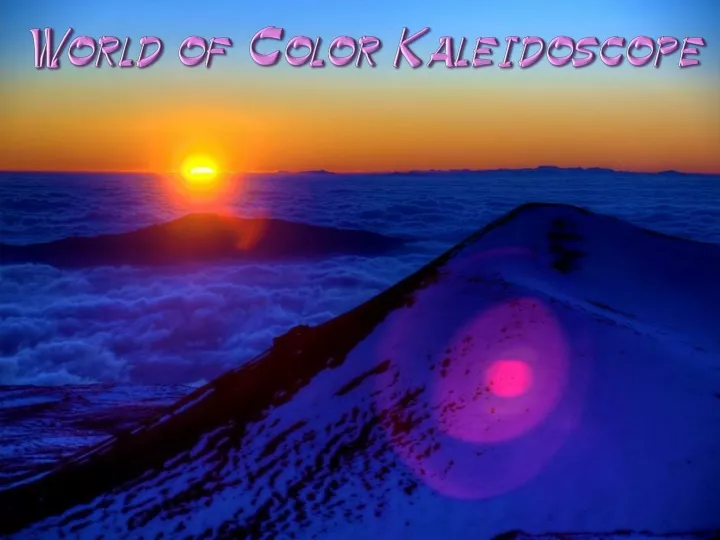
The tv panorama has exploded lately, providing a dizzying array of content material throughout numerous streaming platforms. However past the narratives and characters, a delicate but highly effective ingredient considerably impacts our viewing expertise: colour. The cautious choice and manipulation of colour palettes in tv collection aren’t merely aesthetic selections; they’re integral storytelling instruments, shaping temper, character improvement, and thematic resonance. This text delves into the multifaceted position of colour in tv, exploring how completely different palettes are used to reinforce storytelling, create environment, and in the end, immerse viewers within the worlds introduced on display screen.
The Psychology of Colour:
Earlier than analyzing particular examples, it is essential to know the fundamental psychology of colour and its inherent associations. These associations are largely culturally ingrained, however sure commonalities persist throughout completely different societies. For example:
-
Heat Colours (Reds, Oranges, Yellows): Typically evoke emotions of vitality, pleasure, ardour, heat, and aggression. They can be utilized to depict intense feelings, motion sequences, or probably threatening conditions.
-
Cool Colours (Blues, Greens, Purples): Usually related to calmness, serenity, unhappiness, tranquility, and thriller. They may be used to create a way of peace, melancholy, or to determine a extra subdued or introspective tone.
-
Impartial Colours (Whites, Grays, Blacks): These colours typically symbolize neutrality, ambiguity, and even sterility. They can be utilized to create a way of unease, vacancy, or to floor extra vibrant colours inside a scene.
These are broad generalizations, in fact. The influence of a colour is closely influenced by context, saturation, and its interplay with different colours throughout the scene. A deep crimson would possibly symbolize hazard, whereas a pale pink may symbolize innocence or vulnerability. The skillful manipulation of those nuances is what elevates colour from a easy visible ingredient to a robust narrative device.
Colour as a Storytelling Gadget:
Take into account the stark distinction between the colour palettes of two standard collection:
-
"Stranger Issues" (Netflix): The present masterfully makes use of a nostalgic, 80s-inspired colour palette, using heat tones, vibrant reds, and muted blues to create a way of each childhood marvel and underlying unease. The colourful colours of Hawkins, Indiana, distinction sharply with the chilly, ominous blue hues of the Upside Down, instantly establishing the duality of the world and highlighting the menace it poses.
-
"The Crown" (Netflix): This historic drama makes use of a extra subdued palette, typically using muted greens, browns, and lotions to replicate the formality and restrained feelings of the royal household and the period. The restricted colour palette enhances the sense of historical past and gravitas, emphasizing the burden of custom and accountability.
These examples illustrate how colour can be utilized to determine setting, tone, and even character. The colourful hues of "Stranger Issues" replicate the youthful vitality of the protagonists, whereas the muted tones of "The Crown" underscore the seriousness and ritual of its characters and their world.
Colour and Character Improvement:
Colour may also be used to subtly convey details about characters and their inside lives. A personality persistently wearing darkish, muted colours would possibly counsel introversion or a hidden darkness, whereas somebody who favors shiny, daring colours could possibly be portrayed as outgoing and extroverted. The usage of colour in costumes and set design can reinforce established character traits and even foreshadow future developments.
For instance, in "Breaking Dangerous," the preliminary colour palette displays Walter White’s descent into the drug commerce. Early episodes function a predominantly muted palette, reflecting his odd life. As he transforms into Heisenberg, the colour palette shifts, incorporating extra vibrant, darker hues to symbolize his more and more ruthless and morally compromised nature.
Colour and Style Conventions:
Totally different genres typically make use of distinct colour palettes to bolster their established conventions. Science fiction typically makes use of cool blues and metallics to create a futuristic or otherworldly environment, whereas horror movies steadily depend on darkish, shadowy tones and contrasting reds to intensify suspense and evoke emotions of worry and dread. Westerns typically function heat, earthy tones to replicate the arid landscapes and the cruel realities of frontier life. These style conventions are usually not inflexible guidelines, however reasonably established tendencies that filmmakers typically make the most of to create speedy viewers recognition and engagement.
Past Saturation and Hue:
The influence of colour goes past easy hue and saturation. Lighting, shadows, and the interaction of colours inside a scene are all essential components that contribute to the general impact. A dimly lit scene bathed in cool blues can create a way of thriller and foreboding, whereas a brightly lit scene with heat oranges can evoke emotions of happiness and optimism. The usage of chiaroscuro (sturdy contrasts between mild and darkish) can create dramatic pressure and spotlight particular components throughout the body.
The Evolution of Colour in Tv:
The evolution of tv expertise has additionally performed a major position in using colour in collection. The transition from black and white to paint opened up an entire new world of inventive prospects, permitting filmmakers to discover a a lot wider vary of visible results and emotional expressions. The appearance of high-definition tv and digital filmmaking has additional enhanced the precision and management over colour, permitting for much more nuanced and delicate purposes.
Conclusion:
The usage of colour in tv collection is way over a superficial aesthetic selection. It is a highly effective storytelling device that may considerably influence the viewer’s expertise, shaping temper, character improvement, and thematic resonance. By understanding the psychology of colour and the methods during which it may be manipulated, filmmakers can create immersive and emotionally resonant experiences that transport viewers to different worlds and have interaction them on a deeper stage. The subsequent time you watch your favourite collection, take a second to understand the delicate artistry of its colour palette; you may be stunned at how a lot it contributes to the general narrative and emotional influence of the present. The kaleidoscope of selection in tv colour is a testomony to the facility of visible storytelling within the fashionable age. As expertise continues to advance, the probabilities for modern and impactful use of colour in tv are solely set to develop. The way forward for tv storytelling will undoubtedly proceed to be formed by the masterful manipulation of colour, enriching our viewing experiences in methods we’re solely starting to know.
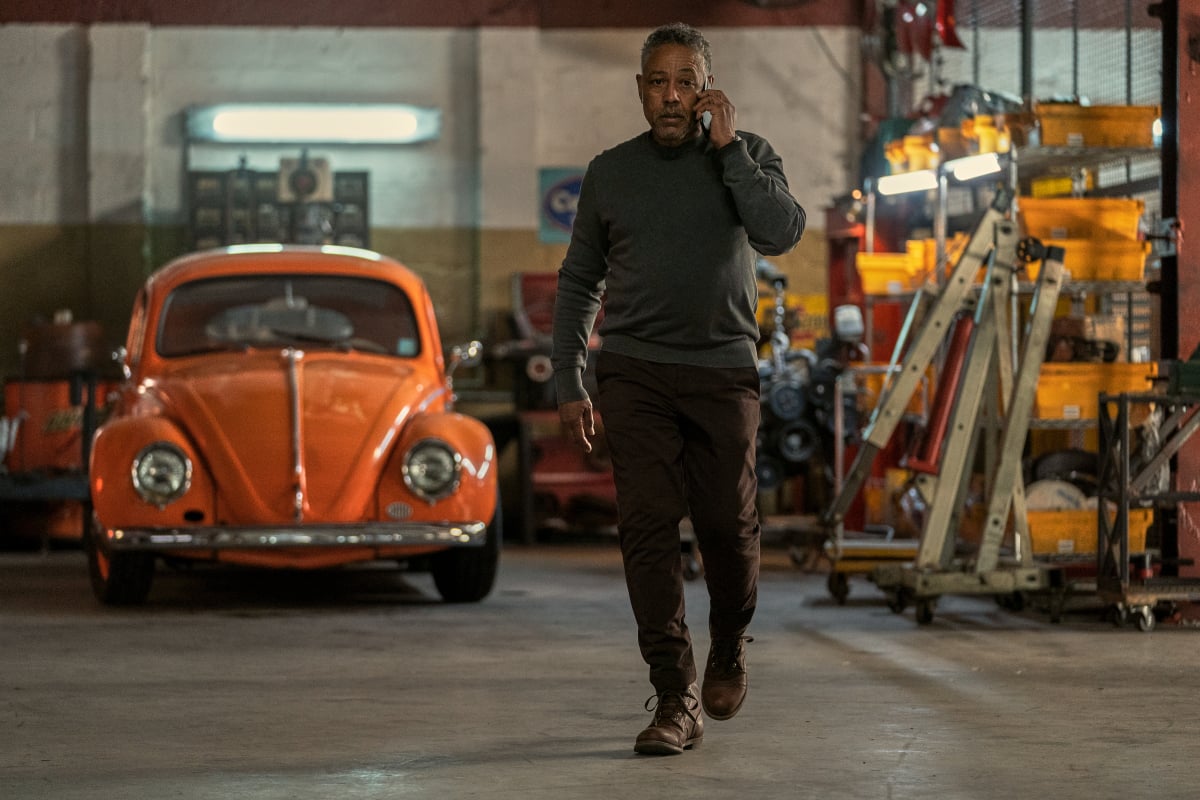
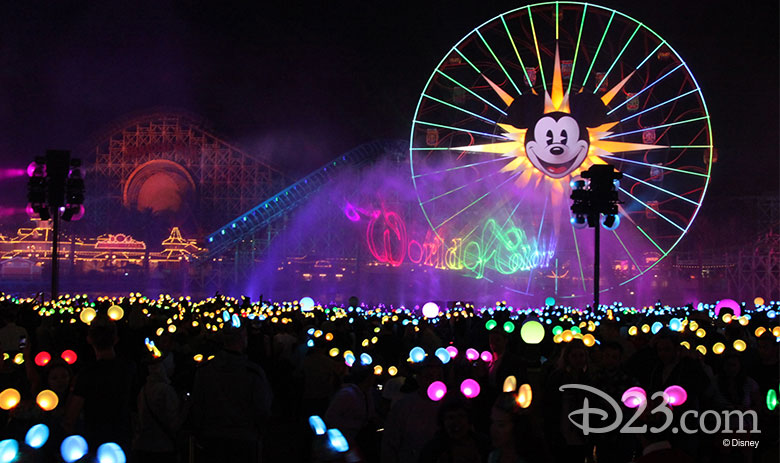
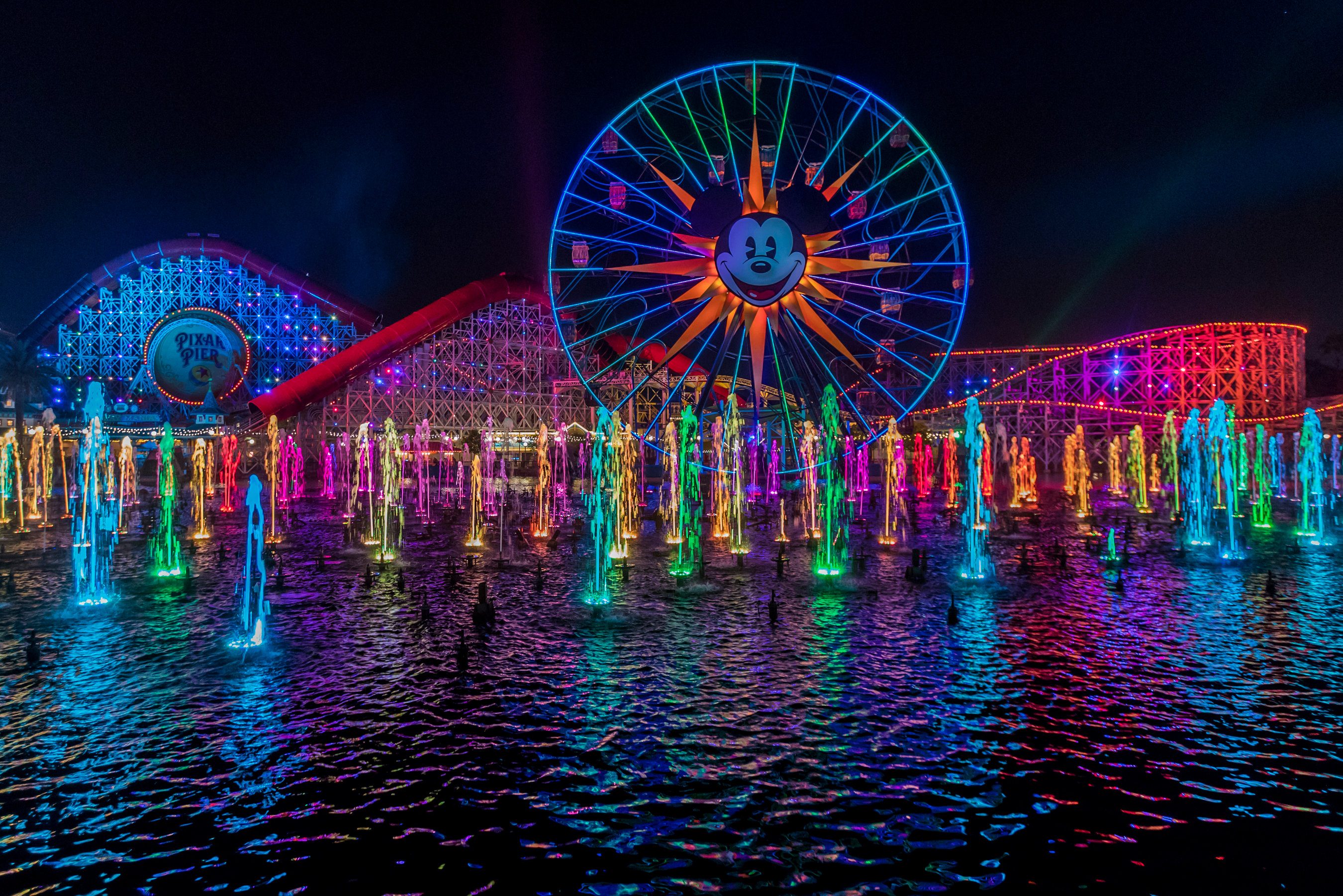
)

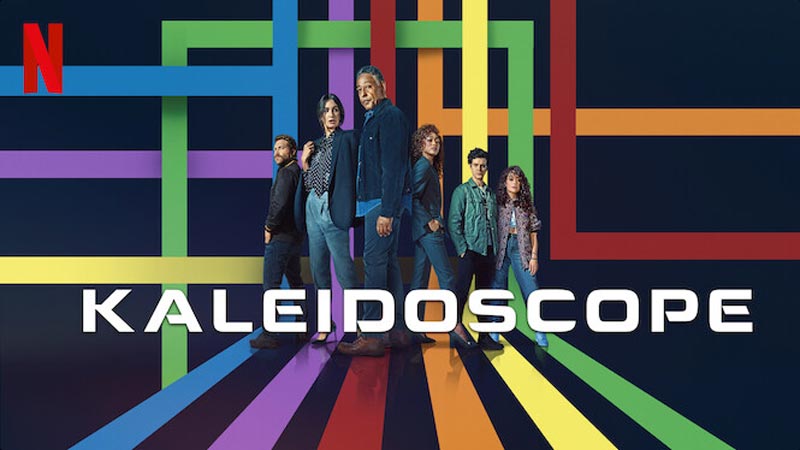
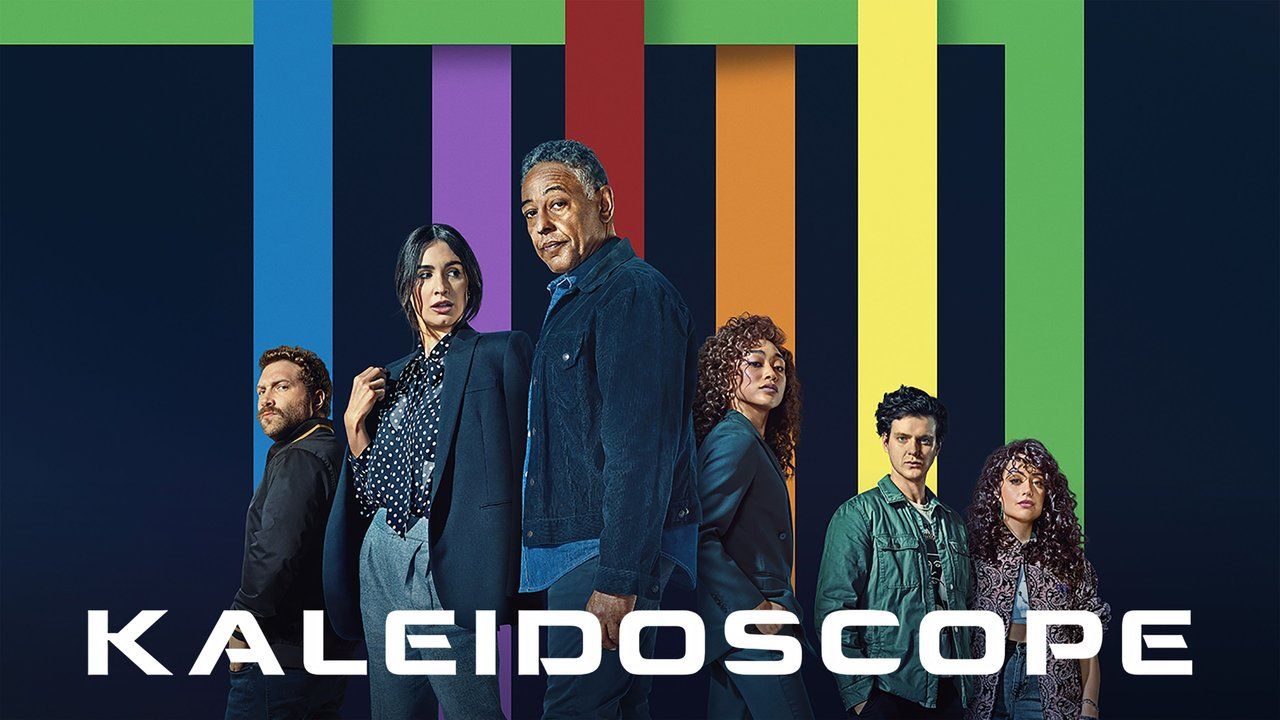

Closure
Thus, we hope this text has offered useful insights into The Kaleidoscope of Alternative: Exploring the World of Colour in Tv Sequence. We thanks for taking the time to learn this text. See you in our subsequent article!